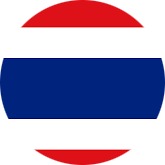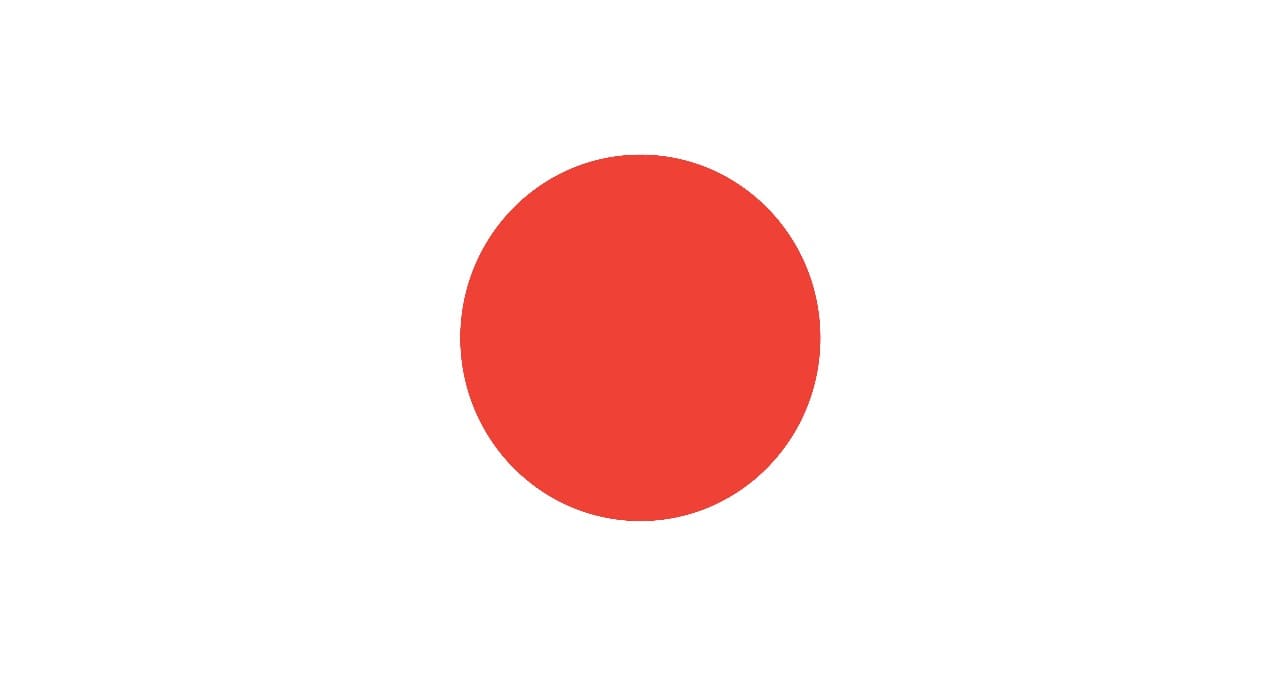Introduction
This course is designed to equip participants with the necessary knowledge and skills to effectively inspect, evaluate, and maintain storage tanks in accordance with industry standards and best practices.
API 653: Tank Inspection, Repair, Alteration and Reconstruction will focus on learning the API 653 tank inspection Code as well knowledge of the API 571, API 575, API 650, API 652, API 651, API 577, ASME Section V and ASME Section IX.
Objectivss
- Identify the API 653 Scopes, Suitability for Service, evaluation of the tank Shell and Min. accepted thickness also the maximum allowable fill Height
- Evaluation of the tank Bottom, including settlement and release prevention Systems (RPS)
- Recognize the reasons for Inspection and Causes of Deterioration
- Determination of Need for Cathodic Protection and Methods of Cathodic Protection
- Employ post weld heat treatment, identify the charpy impact testing
- Carryout welding discontinuities and discuss ASME section IX WPS &WPQ and PQR
Who Should Attend?
- Storage Tank Inspectors & Engineers
- Plant Inspectors
- Inspection & Corrosion Engineers
- Process Engineers
- Inspection Engineers for Newly constructed and reconstructed tanks
- QA/QC inspectors
- Maintenance & Mechanical Engineers
- Inspection Testing Engineers
- Fabrication Engineers
Outline
- Introduction and Review of API 653 Body of Knowledge
- API 653 Scope coverage & Definitions &Suitability for Service
- Tank Shell Evaluation and Thickness Calculation for Welded Tank Shell
- Maximum Allowable Fill Height Calculation
- Tank Bottom Evaluation and release prevention Systems (RPS)
- Minimum Thickness for bottom and annular Plate Ring
- Tank Foundation Evaluation
- Brittle Fracture Considerations
- External & Internal Inspection and ultrasonic Thickness Inspection
- Design Considerations Reconstructed Tanks
- Tank Repair and Alteration
- API 653 tank Dismantling and Reconstruction
- Welding s and Examination Testing requirement for the tanks
- Evaluation of Tank Bottom Settlement
- API 650 scope
- General Material Requirements
- Tank Joints Design
- Tank fabrication and welding
- Tanks Inspection, Testing, and Repairs
- Methods of Inspecting Joints
- API 575 Scope and definitions
- Types of Storage Tanks
- Reasons for Inspection and Causes of Deterioration
- Methods of Inspection and Inspection Scheduling
- API 651 Scope and definitions
- Corrosion of Aboveground Steel Storage Tanks
- Determination of Need for Cathodic Protection and Methods of Cathodic Protection
- Design of Cathodic Protection Systems
- API 652 Scope and definitions
- Surface Preparation and Lining Application
- Recommended Inspection Parameters
- ASME IX Welding Procedure Qualifications WPS & WPQ & PQR
- Welding Processes
- Welding Essential &non-essential and supplementary essential Variables
- P- Numbers& S-Numbers, F-number and A-number
- Welders test positions& Diameter & thickness qualification and position qualification
- Alternate F-Numbers and Alternate P-Numbers
- Damage Mechanisms Affecting Fixed Equipment in the Refining Industry API 571
- Continue API 571 Damage Mechanisms Affecting Fixed Equipment in the Refining Industry
- Welding Inspection and Metallurgy API 577
- Hot Tapping and In-Service Welding
- ASME Section V - Nondestructive Test Methods
- Radiographic & Liquid Penetrant & Magnetic Particle AND Visual Test examination

























































